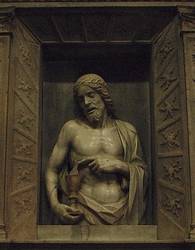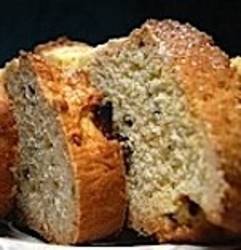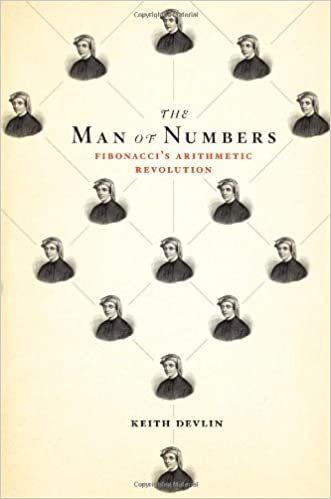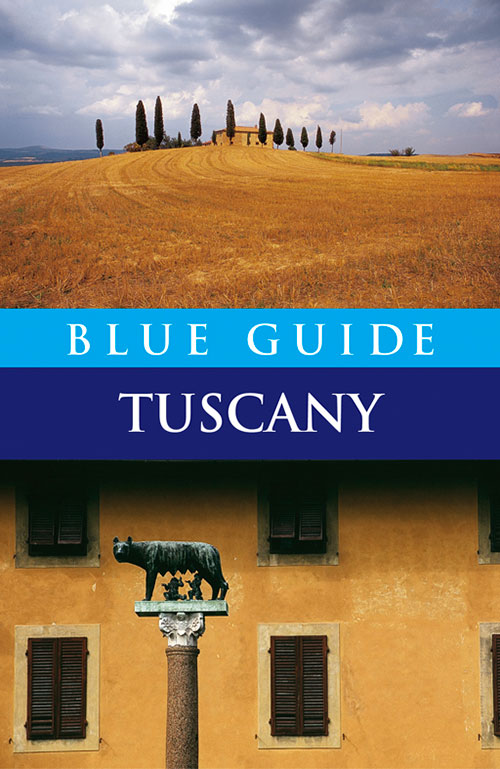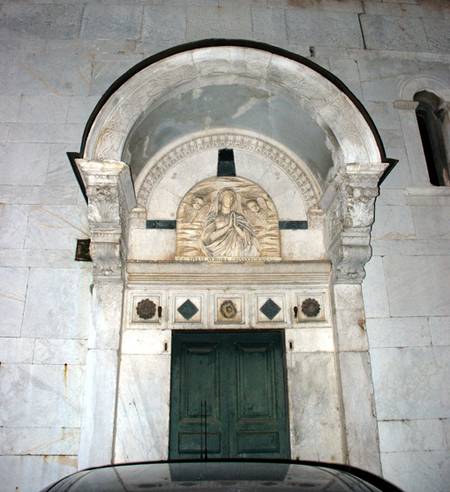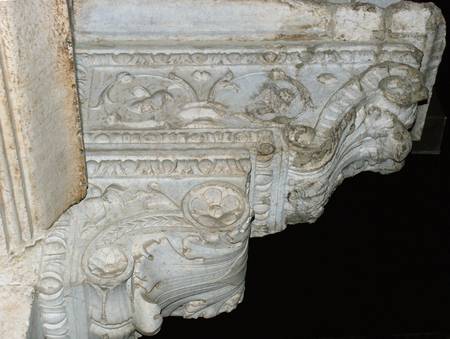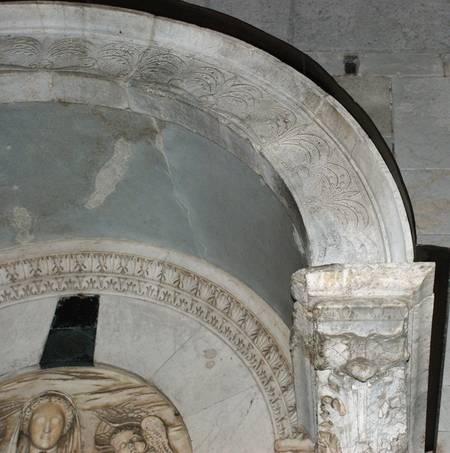Luca Signorelli (c.1441–1523) was born in Cortona, Tuscany, close to the Umbrian border. It is with Umbria that he is always associated, for his masterpiece in the cathedral of Orvieto and for the fact that the town of Città di Castello proclaimed him a citizen in 1488. This year his work is being celebrated in no less than three venues in Umbria (Perugia, Orvieto and Città di Castello), until 26 August (the last retrospective exhibition dedicated to this major central Italian artist was in 1953).
Perugia: The exhibition in Perugia (at the Galleria Nazionale dell’Umbria) has a very large number of works, collected together for the first time from museums all over the world, as well as a superb selection of Signorelli’s graphic output (many from the British Museum and the Louvre), which shows that he was also an outstanding draughtsman.
The show opens with one of the greatest works by Signorelli’s master, Piero della Francesca, the Madonna di Senigalliafrom the Galleria Nazionale delle Marche in Urbino. Visitors can also see another masterpiece by Piero just a few rooms away in the same gallery, the Sant’Antonio polpytych (particularly memorable for the top panel of the Annunciation).
Signorelli’s early period, showing the strong influence of Piero, is documented by a number of works—some of them of doubtful attribution, although the lovely Madonna and Child with three angels from Christ Church, Oxford, seems to reveal the artist’s own hand. The single predella panel from the Louvre, of the Birth and Naming of St John the Baptist, is an exquisite work. The two small panels from the (dismembered) Bichi altarpiece with superbly painted male nudes from Toledo, Ohio, are particularly fascinating and unusual. A number of Signorelli’s famous tondi of the Madonna and Child are included, the best perhaps being those from the Uffizi and Pitti in Florence. There is a tiny portrait of a boy from Philadelphia, which is particularly intriguing even though it seems to have been rather over-restored. The four predella panels of the Life of the Virgin formerly beneath the superb Annunciation from the Pinacoteca in Volterra (also on show) have been reunited for this occasion: two are from a private collection in Scotland; one from Richmond, Virginia; and the last from the National Gallery of Washington. The men just killed by the dragon in the foreground of the St George from the Rijksmuseum in Amsterdam recall the male nudes in the Cappella Nova in Orvieto. The Madonna and Child on a decorative gold ground from the Metropolitan Museum in New York is particularly poignant, as we know that Signorelli gave it to his daughter Gabriella in 1507.
Orvieto: The exhibition here is understandably much smaller since of course the great attraction is the Last Judgementcycle of frescoes in the Cappella Nova in the cathedral, which has been given longer opening hours for this occasion (the extraordinary video with details of Signorelli’s wonderful frescoes can only be viewed at the Perugia exhibition). His monumental Mary Magdalene, which belongs to the Museo dell’Opera del Duomo, is the most important work on exhibition there, but it is also particularly interesting to be able to visit the newly restored Albèri library with its very unusual frescoed decorations carried out around the same time that Signorelli was at work next door in the cathedral. Here is displayed a controversial double portrait (including a self-portrait) frescoed on a terracotta tile (its attribution to Signorelli has been under discussion for decades but recent research carried out for this exhibition suggests it is, indeed, an autograph work).
Città di Castello: Later works are exhibited here, and in particular the two masterpieces owned by the Pinacoteca Comunale: a processional banner and the Martyrdom of St Sebastian. The visit also provides the opportunity to explore the lovely villages in the upper Tiber valley and the little oratory just outside Morra which was in part frescoed by Signorelli.
The Perugia exhibition in particular is well worth travelling from afar to see as it provides a remarkably complete documentation of this great artist’s ouput, an artist who so often seems to be well ahead of his contemporaries in his exploration of the human figure and whose work always contains an element of intriguing eccentricity.
Reviewed by Alta Macadam, author of Blue Guide Central Italy, Blue Guide Tuscany, Blue Guide Rome, Blue Guide Concise Rome, Blue Guide Florence, Blue Guide Venice.







